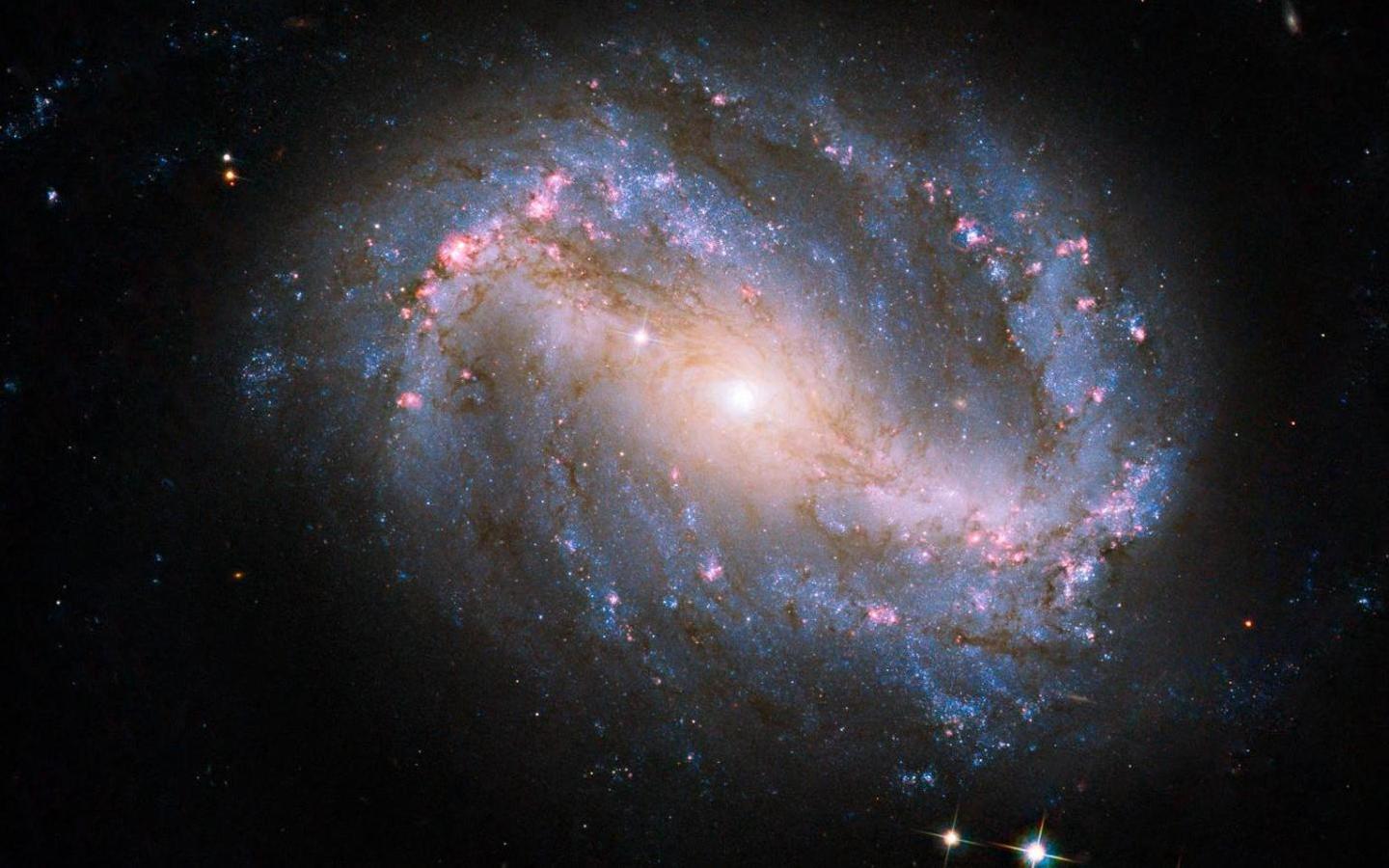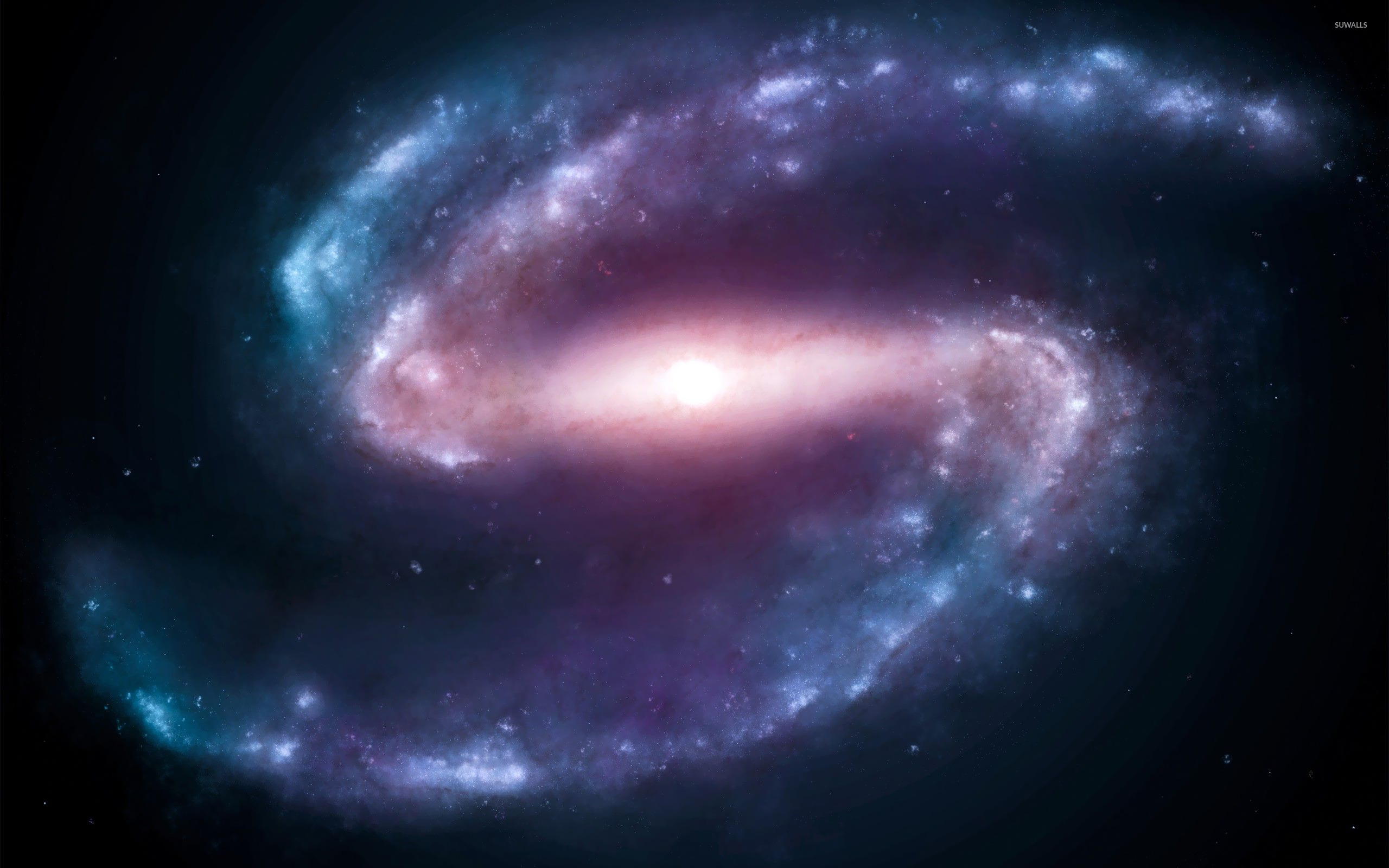

Supernovae Ģ012fr on October 27 2012, 2001du on August 24 2001, SN 1983V on November 25 1983, and 1957C were all supernovae observed in NGC 1365. Such galaxies are quite common - two thirds of spiral galaxies are barred according to recent estimates, and studying others can help astronomers understand our own galactic home. NGC 1365 and other galaxies of its type have come to more prominence in recent years with new observations indicating that the Milky Way could also be a barred spiral galaxy.
#Barred spiral galaxy full
Different parts of the galaxy take different times to make a full rotation around the core of the galaxy, with the outer parts of the bar completing one circuit in about 350 million years. NGC 1365, including its two outer spiral arms, spreads over around 200,000 light-years.

Astronomers think NGC 1365's prominent bar plays a crucial role in the galaxy's evolution, drawing gas and dust into a star-forming maelstrom and ultimately feeding material into the central black hole. The spiral arms extend in a wide curve north and south from the ends of the east-west bar and form an almost ring like Z-shaped halo. The inner bar structure likely rotates as a whole more rapidly than the larger long bar, creating the diagonal shape seen in images. This second bar is more prominent in infrared images of the central region of the galaxy, and likely arises from a combination of dynamical instabilities of stellar orbits in the region, along with gravity, density waves, and the overall rotation of the disc. Within the larger long bar stretching across the center of the galaxy appears to be a smaller bar that comprises the core, with an apparent size of about 50″ × 40″. NGC 1365 is a barred spiral galaxy in the Fornax cluster.


 0 kommentar(er)
0 kommentar(er)
